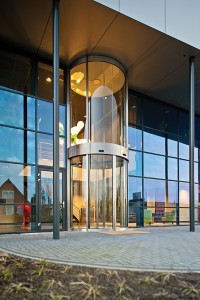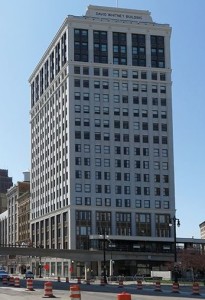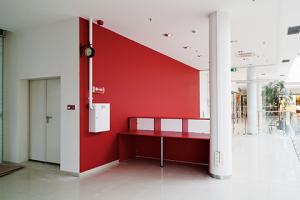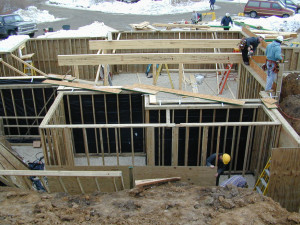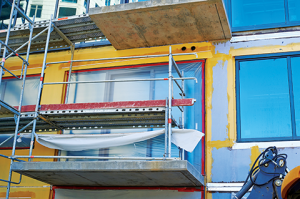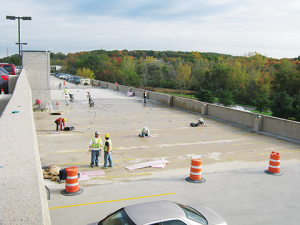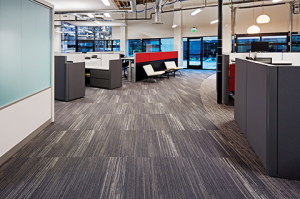Thin brick walls have traditionally been used in home construction or as a part of precast panel walls. However, these assemblies are becoming more common for non-residential projects, thanks to owners and developers who see them as a way to build with brick more inexpensively.
+ Read More
|
The July 2015 issue of The Construction Specifier examined various aspects of waterstops. In this web-exclusive article, issues concerning the installation of dumbbell and ribbed center-bulb models are explored.
+ Read More
|
The built environment is an energy-guzzler. The U.S. Green Building Council (USGBC) states in this country alone, buildings account for 41 percent of energy use, 73 percent of electricity consumption and 38 percent of all CO2 emissions, and 13.6 percent potable water consumption.
+ Read More
|
Sometimes, the best way to restore an historic building is not the way it was originally built. The methods and materials of construction have changed, and newer options are available to re-create the original design.
+ Read More
|
Until now, design professionals have had to rely on adding off-the-shelf actuators to standard windows to provide automated natural ventilation in a building. With this as the only available solution, there have been several problems.
+ Read More
|
Insulating walls with low-pressure sprayed polyurethane foam (SPF) is a common practice among builders and architects for various reasons—such as increased energy efficiency, structural support, and overall comfort.
+ Read More
|
To help translate what the latest changes to building codes mean for opportunities in wood construction, the American Wood Council (AWC) has introduced four new standards that are adopted by reference in the 2015 International Building Code (IBC) and the 2015 International Residential Code (IRC).
+ Read More
|
Continuous insulation (ci) has been a component of exterior wall assemblies for almost a half-century in North America. By minimizing energy loss caused by thermal bridging and the risk of condensation caused by water vapor diffusion, exterior ci can improve building durability and benefit the environment.
+ Read More
|
Precast double-tee construction has become a dominant method for building parking garages in North America. The double-tee beam deck system of this construction type provides a finished wearing surface, supports vehicle loading, and forms an integral part of the lateral force-resisting system.
+ Read More
|
From ashlar and monolithic to brick and parquet, carpet tile installation methods offer varied and numerous design aesthetics. The methodology of carpet tile installation was derived in the mid-19th century at a small company just outside Amsterdam, the Netherlands.
+ Read More
|
|
|





